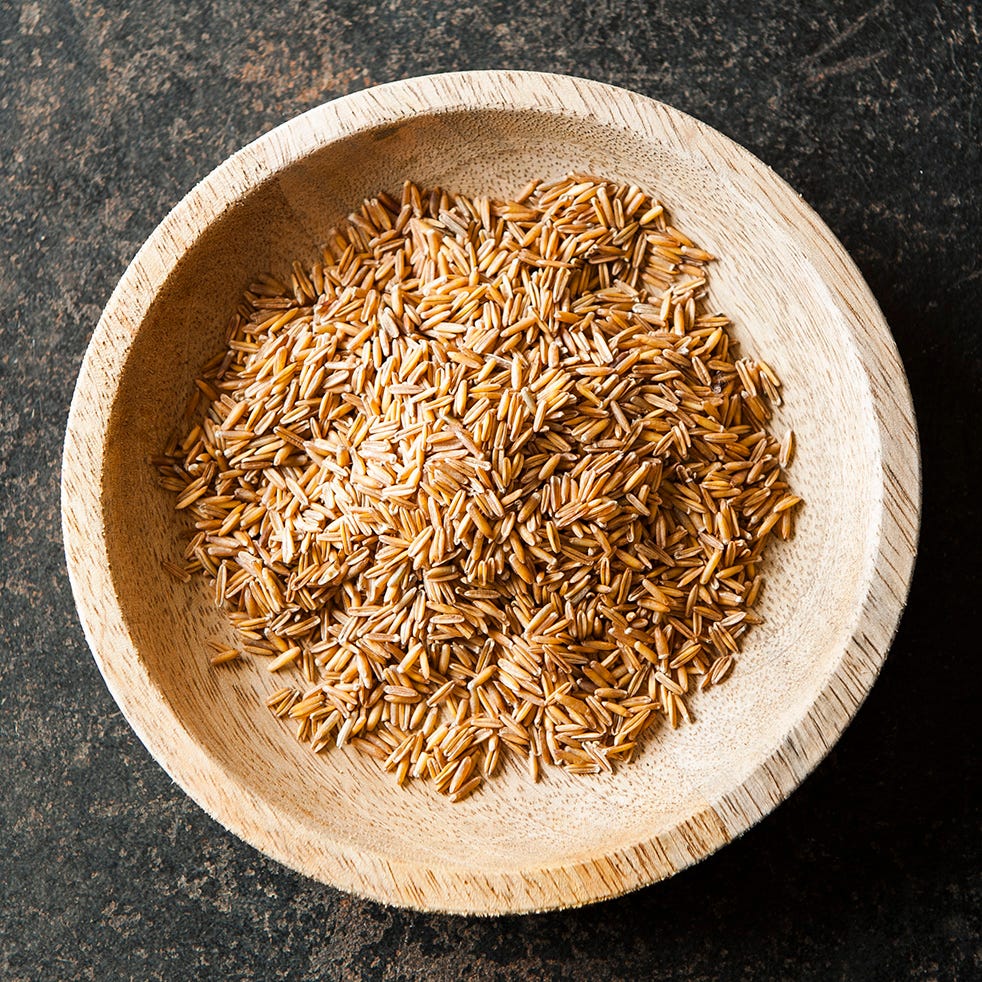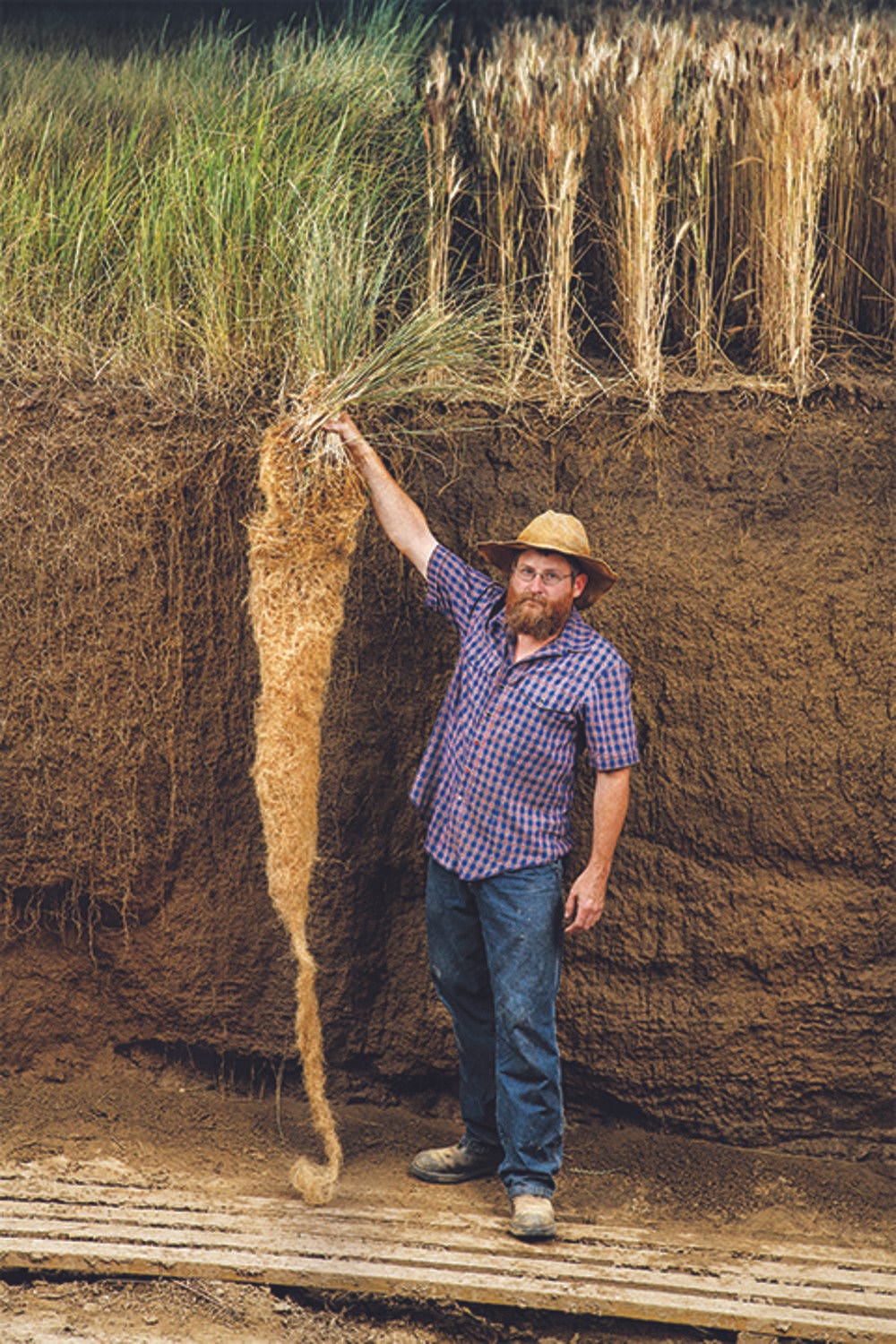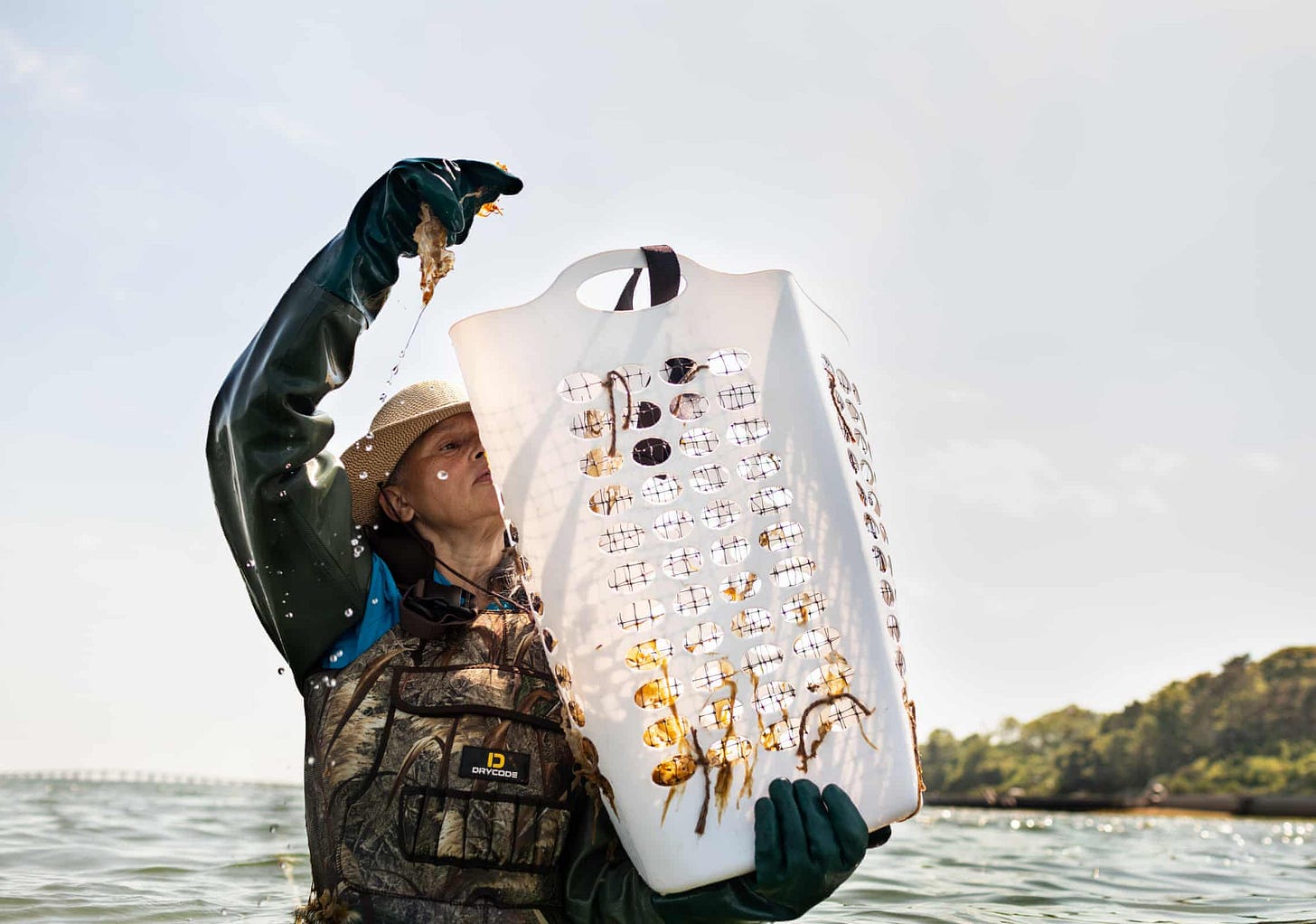Newsletter #37
We often forget that we are nature. Nature is not something separate from us. So when we say that we have lost our connection to nature, we've lost our connection to ourselves. ~ Andy Goldsworthy
Hello Friends!
Welcome all new subscribers and many thanks to all ongoing subscribers! When I first read artist Andy Goldsworthy’s quote, it completely resonated with me because… it’s describes what my work is about. Through this newsletter, my posts on Instagram, my upcoming workshops, my book LOLA, and my tiny Rabbit Hole Store near Hudson, NY, my purpose is to inspire readers. There is so many good things happening, and many good people working hard to better the planet that I want you to know about and get excited for. I definitely feel invigorated when reading about hopeful news! Plus, spending time in nature always energizes me and makes me feel a deeper connection to my soul.
In this issue, I share about a Woman who Inspired me when I was just a girl; info about a Healthy Food to add to your diet; learn about a new Perennial Grain; Seaweed that is being saved by Nuns and Native women and how we can help the glorious Fireflies. Onwards!
#1- Beans
-Food is Medicine-
In my ongoing quest to make healthier food choices, as well as grow as much as my own food as I can (more beans this year!), my plan is to add more beans to my diet every week. Just reading about the health benefits of beans has motivated me! Beans are full of nutrients, including copper, iron, magnesium, potassium, folic acid, zinc, lysine, which is an essential amino acid, and lots of fiber and protein. The fiber supports a healthy gut and microbiome, lowers inflammation and strengthens the immunity system. Also, the soluble fiber in beans can cut cholesterol and help prevent type 2 diabetes by stabilizing blood sugar as well as cutting heart disease by 22% when eating beans 4 times a week.
Since each type of bean has a different nutritional profile, it’s a good idea to mix them up. Red mung beans have more fiber than many others, while fava beans are packed with the antioxidant lutein. Black and dark red kidney beans are full of potassium and chickpeas/garbanzos have lots of magnesium.
I made an easy bean filled recipe yesterday, which was delicious and which tasted even better today. It’s from the Blue Zones by Dan Buettner, who’s mission is to “empower everyone, everywhere to live better, longer.”
The author’s name was written incorrectly, which I didn’t notice till after I printed the recipe. In the name of not wasting more paper, ink and energy, please forgive my hand drawn correction.
Sardinia Minestrone Soup
Here are the ingredients you need:
Soak the beans overnight (12 hours) in a large water filled jar or bowl
¾ cup of dried garbanzo/chickpeas
¾ cup of dried white beans
1/3 cup of dried pinto or red beans
1 medium yellow onion, chopped
4 celery stalks, chopped
4 carrots, chopped
6 cloves garlic, chopped
1 teaspoon red pepper flakes (their kick mellows the day after)
8 cups of low-sodium vegetable stock (4 cubes)
1- 14 ounce can chopped tomatoes
1 ½ cup russet potato, pealed and cubed
1 teaspoon dried oregano
1 bay leaf
Salt to taste
Can be added when serving:
Fresh sliced avocado
Fresh grated parmesan
½ cup of cooked short grain brown rice or farro
Directions:
1-Drain the presoaked beans in colander and set aside
2- In a large pot, add 2 tablespoons of olive oil and the chopped onion, carrot, celery and garlic. Cook for 5 minutes, until the onion is translucent.
3-In a separate pot, heat up 8 cups of water, and 4 vegetarian stock cubes. Use a whisk to break up the veggie cubes.
3-Rinse the beans in the colander and add them to the same pot. Add the stock and the tomatoes, potato, oregano , bay leaf and a pinch of salt.
4- Cover and simmer on low heat for 1 hour.
5- Remove the bay leaf and serve.
This minestrone tastes best the next day. You can also freeze it in glass freezer safe containers. If doing so, leave ½ “ space at the top as water expands when freezing.
There are many more plant based recipes on the Blue Zone site
#2- Kernza
I just finished listening to the audio version of George Monbiot’s book “Regenesis”, in which he describes a perennial grain I hadn’t heard of called Kernza, which is being developed by The Land Institute.
Kernza is a perennial grain and a distant cousin of annual wheat. It is in the early stages of crop stewardship to move the grain from research onto farms and plates.
Perennial crops versus annual crops
Currently, most crops are replanted every year. Perennial plants do not have to be reseeded or replanted every year, so they do not require annual plowing or herbicide applications to establish. Whereas to successfully grow annuals, farmers have to suppress or kill the vegetation (weeds) chemically or mechanically that compete with crops for sunlight, nutrients, and water, especially when the crops are seedlings. This soil disturbance has caused significant amounts of soil carbon loss (which ends up in the atmosphere as CO2), soil erosion, nutrient leakage, and changes in soil organisms.
Kernza’s roots!
In addition, perennial crops are robust; they protect soil from erosion and improve soil structure. They increase ecosystem nutrient retention, carbon sequestration, and water infiltration, and can contribute to climate change adaptation and mitigation. Overall, they help ensure food and water security over the long term. Many fruit, forage and some vegetable crops, including fruit trees, alfalfa, grapes, asparagus, and olive trees, are perennials that have been grown for thousands of years.
Learn more via The Land Institute , where they are working to add perennial grains, legumes, and oilseed crops to the list.
George Monbiot’s book Regenesis: Feeding the world without destroying the planet is available in my store on Amazon ( I receive a commission for each sale).
#3- Seaweed Saved by Nuns and Native Women
-working together to heal the bay-
Nuns and a group of women from a local Indigenous tribe started a kelp farm in the hopes of cleaning up the pollution in their shared backyard.
These two groups are united by proximity and purpose; both live on either sides of the Shinnecock Bay, and hope the growing and planting of kelp will help eliminate the carbon and nitrogen that had been poisoning their waters. The kelp seedlings also represent the latest efforts by an intergenerational group of Shinnecock women to combat the tribe’s disenfranchisement.
Sugar kelp can absorb carbon and nitrates from the water, making it a natural means of combatting ocean acidification. In the last two farming seasons, they have seen an increase in scallops, clams, sea horses and other species that haven’t been seen in years, sheltering in the kelp lines.
A maritime tribe, the Shinnecock Indian Nation have long depended on the bay to survive. In the last 40 years, overdevelopment in the Hamptons, without a municipal sewer system, coupled with fertilizer runoff, has elevated the nitrogen level of the bay.
Read the whole article here
#4- Fireflies
-let’s be citizen conservationists-
I find fireflies to be magical, one of those things that I never get tired of seeing. They show themselves during such a brief window, usually from June to July, though this year, I’ve noticed much fewer fireflies than usual, possibly due to the dry weather we had in late spring and the smoke filled air drifting over us from the Canadian wildfires.
Further research has revealed that fireflies increasingly need our assistance. According to scientists, several of the approximately 2,000 species are struggling due to habitat loss, increased artificial light, pesticides and climate change.
Here are a few things we can do to help the next generation of fireflies:
Have an unruly yard- leave some areas untended and mow less.
Build a small woodpile from fallen branches, where fireflies can nest.
Avoid pesticides.
Plant native trees and grasses.
Turn your outdoor lights off at night.
Create a water feature as fireflies thrive around water from marshy areas to ponds, streams and rivers. Fireflies eat smaller insects like grubs and snails that thrive in natural ponds and streams.
We need to give fireflies safe places to live so that they can keep sharing their light.
Learn more about firefly conservation at the Xerces Society
A firefly resting in a wild black raspberry bramble at River’s Edge Farm NY
The workshops I’m giving this summer, will include the ways I have created a welcoming environment for fireflies around River’s Edge Farm. Most summers, the nearby south meadow is lit up with thousands of fireflies, to the delight of my neighbors.
#5- Movie: Betsy’s World
In 2017 The Farnsworth Art Museum made this short and moving film about Betsy Wyeth to honor her profoundly influential role in the arc of the artist Andrew Wyeth’s life and career.
The Rachel Carson quote from issue #31, reminds of the first person I can remember who opened up my eyes to the wonders of nature found on a beach in Cushing, Maine.
“If a child is to keep alive his inborn sense of wonder, he needs the companionship of at least one adult who can share it, rediscovering with them the joy, excitement, and the mystery of the world we live in.”
That person was Betsy Wyeth, who took a shy and gangly 12 year old scavenging at low tide, on the beach by her and Andy’s house. She showed me all sorts of tiny treasures I had never noticed before on the wild beach, opening up my eyes to nature which affected me profoundly from that day onwards.
I took this photo of Betsy Wyeth in 1984, on Southern Island, Maine, with her Andrew Wyeth.
**********************************************************************************************************
If you wish to browse my new store on Amazon, here is the link , or check my latest posts on Instagram to follow what’s happening at my climate resilient River’s Edge Farm and at The Rabbit Hole, and or get a ticket to one of the workshops I’m giving this summer at River’s Edge Farm, click here
Wishing you and your loved ones all the best in all ways, and a Happy July 4th!
Priscilla
















Read your newsletter cover to cover and it’s perfectly inspirational. Love all you, Simone